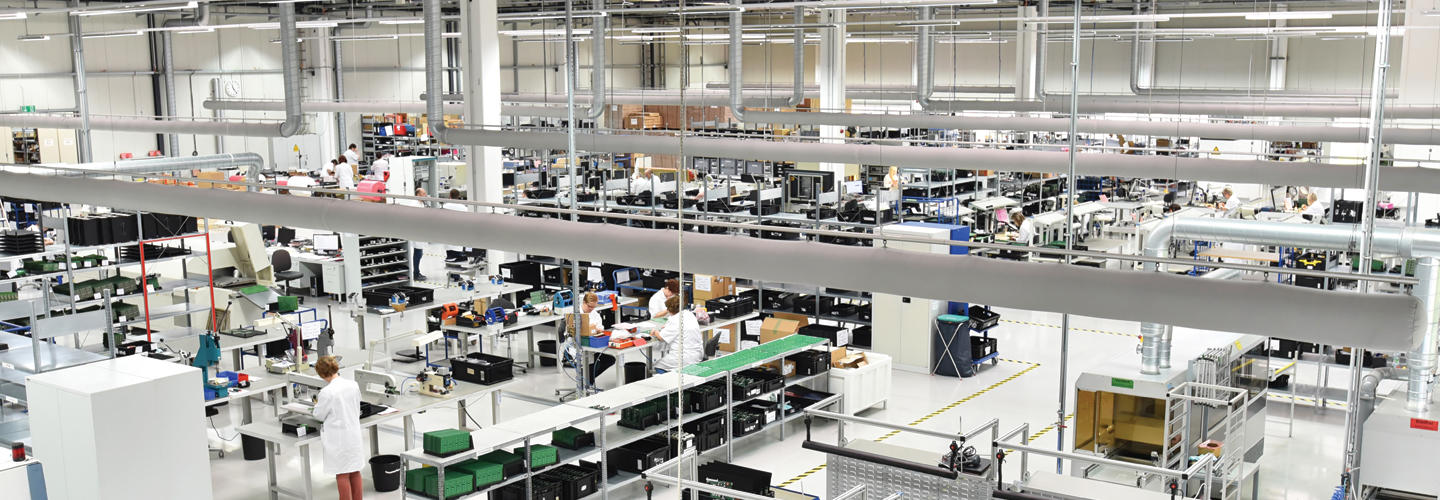How to Make Government Supply Chains More Resilient
Resilient supply chains are flexible enough to resist breaking under strain and have the capacity to return to normal during recovery. Leading organizations in both the commercial and government sector are taking steps to ensure their teams are responding to the immediate needs resulting from a supply chain disruption, as well as preparing for inevitable future disruptions.
Consider the Defense Department as an example of why resiliency is no longer a luxury but rather a tactical mandate for national security. Resiliency is not something the DOD can procure and install, like anti-virus software. Instead, the enterprise must drive a holistic approach that uses supply chain readiness to address risk proactively, respond to events as they materialize and recover quickly to achieve the previous ops tempo.
In response to COVID-19, the DOD shored up its supply chain using a far-reaching, coordinated risk response and demonstrated resiliency in action. Within weeks of the nationwide shutdowns, the DOD took action to work with critical suppliers and ensure supply chain operations pressed forward — unimpeded and undisrupted.
MORE FROM FEDTECH: Learn how agencies can tackle supply chain cybersecurity threats.
Resiliency, like that demonstrated by the DOD, requires traditional supply chain models and functions to transition from manual processes and disparate systems to centralized supply chain networks backed by robust technology. Rather than viewing supply chain functions as merely transactional, government should harness the power of digitized supply chains to increase organizational resiliency.
Consider the importance and evolution of data in supply chain technology. While capturing data always has been a key element in supply chains, digital transformations deliver more. Artificial intelligence and machine learning can increase data supply and synchronization using sensor-driven replenishment, while the Internet of Things enables communication across digital assets to provide a complete view of information.
With advanced analytics that harnesses the power of AI and ML, data can be aggregated, mined for insights and disseminated in real time to decision-makers.
DIVE DEEPER: What other supply chain risk management best practices should your agency follow?
Why Visibility Is Key to Supply Chain Security
Resiliency also requires supply chain visibility. True visibility means not just knowing the prime contractors providing your goods and services but the suppliers providing goods to those prime contractors, and so on — all the way down to identifying the origins of raw materials, such as individual smelters in China or mines in Australia.
This type of visibility is no longer simply a “nice to have.” It’s essential to the government’s reliable, effective and secure acquisition of mission-critical goods and services. Government decision-makers must tap cutting-edge technology to gain visibility and protect supply chains from vulnerabilities.
Take, for example, the creation and application of AI & ML tools coupled with knowledge gleaned from global commerce. Government and commercial entities are now putting to use a dynamic, end-to-end supply chain control tower service.
Working in orchestration with existing technologies and systems, control tower capabilities proactively manage supply chains. This allows leaders to focus on the areas causing the most issues, while the rest of the supply chain continues functioning as usual — driving cost savings and value to citizens.
Supply chain disruptions aren’t just about workout gear and ketchup packets. Think about the continuing lack of personal protective equipment, ventilators and raw materials for vaccine manufactures. Supply chain disruptions combined with security risks brought on by the ripple effects of COVID-19 should serve as a warning and help spur supply chain technology investment.
We understand now how supply chains are central to government missions and our economy. They need to be re-evaluated, reimagined and strengthened.
EXPLORE: Find out how to protect your agency’s supply chains with trusted security partners.


![[WATCH] Aidy Bryant, Carey Mulligan Almost Break in SNL Skit](https://newsfortomorrow.com/wp-content/uploads/2021/04/WATCH-Aidy-Bryant-Carey-Mulligan-Almost-Break-in-SNL-Skit-225x125.png)










